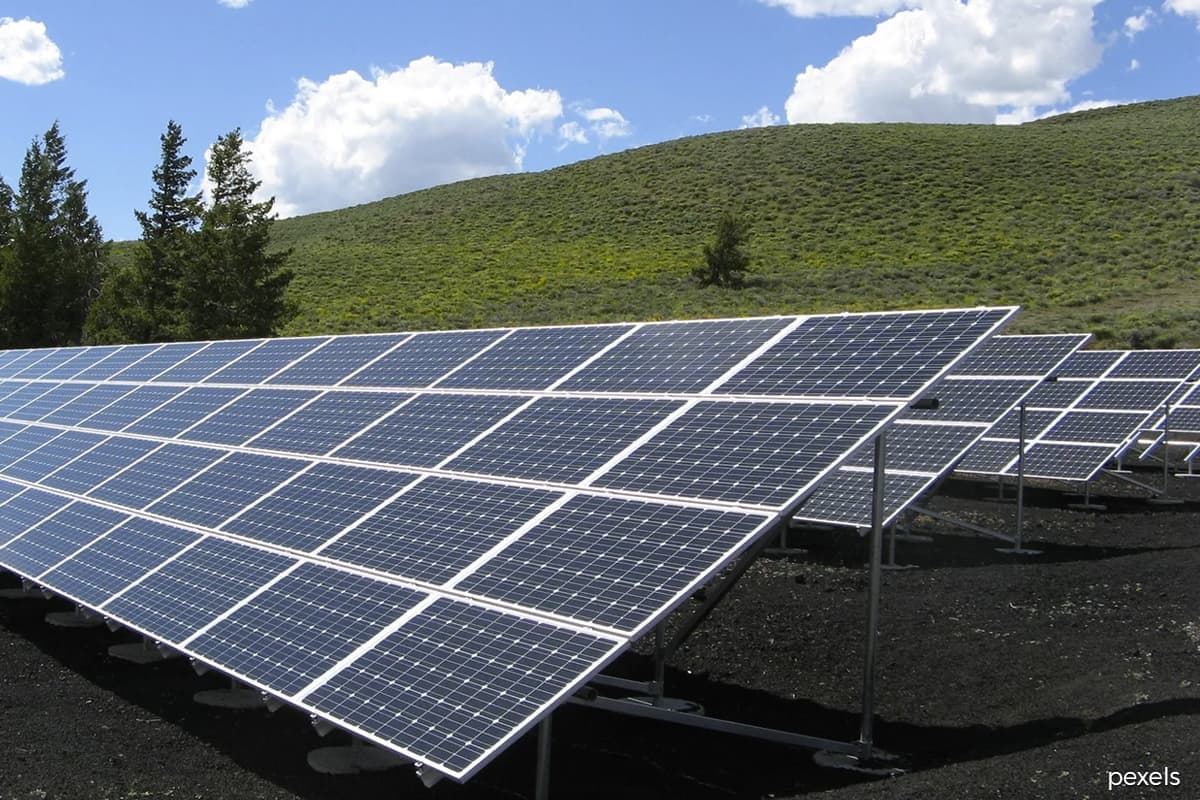
KUALA LUMPUR (Sept 11): Grid parity, resilient networks and strategic partnerships have spurred growth in the world’s solar panel manufacturing capacity in recent years, to 330 gigawatts (GW) in mid-2021.
According to Norway-based independent energy research and business intelligence company Rystad Energy, to meet the 1.5°C 2050 scenario under the Paris Agreement, capacity has to quadruple to 1,200-1,400 GW by 2035 to handle the peak installations needed.
In a statement yesterday, it said this will be a challenging task, however, as manufacturers now see their utilisation plummet due to rising costs and Covid-19 — a turn of events that could discourage the investments needed to expand capacity further.
It said the aggregated utilisation rate for solar modules (the difference between manufacturing capacity and shipments) was 84% in 2018 and has been decreasing since, to 71% in 2019 and to 58% in 2020, when logistics efficiency and transportation was hampered by the pandemic in most parts of the world.
The firm said the spread of Covid-19 has created a major economic disruption in the market and is expected to continue to impact utilization rates for most of 2021.
It explained that in the short to medium term it will be challenging to keep solar costs down as prices for some input factors have spiked in the past few months.
It added that the cost of solar projects has declined considerably in recent years, but the cost reductions have now started to taper off and move closer to a floor, currently defined by the price of input factors such as labour, polysilicon, silver, copper, aluminium and steel.
“These input factors have seen a clear rise in prices in 2020 and 2021. Mono-polysilicon, the key ingredient in photovoltaic panels, rose from US$7.60 per kilogram in 2019 to US$9 per kg in 2020, and is likely to average US$18 per kg in 2021.
“The price of silver, which is important for the connections from the silicon cell to copper wires, has climbed from US$550 per kg in 2019 to US$850 per kg (on average) in 2021,” it said.
Rystad said the combined effect of all input factors is that global solar panel prices have gone up 16% so far in 2021 from 2020.
It said the weighted price inflation for solar projects, including labour — from installation and other equipment to construction work, which accounts for an increasing share of overall costs — means that total costs are up 12%, potentially limiting demand growth for the next few years.
Rystad head of energy service research Audun Martinsen said the entire industry is experiencing shortages in the supply of raw and auxiliary materials, especially polysilicon and silver.
“Covid-19-related restrictions have not only created supply shortages of essential raw materials, but have also led to higher prices, resulting in fewer shipments and impacting revenues for industry participants.
“A reduction in the mineral and metal intensities could be key to increasing the production capacity and addressing the supply chain challenge,” Martinsen added.
